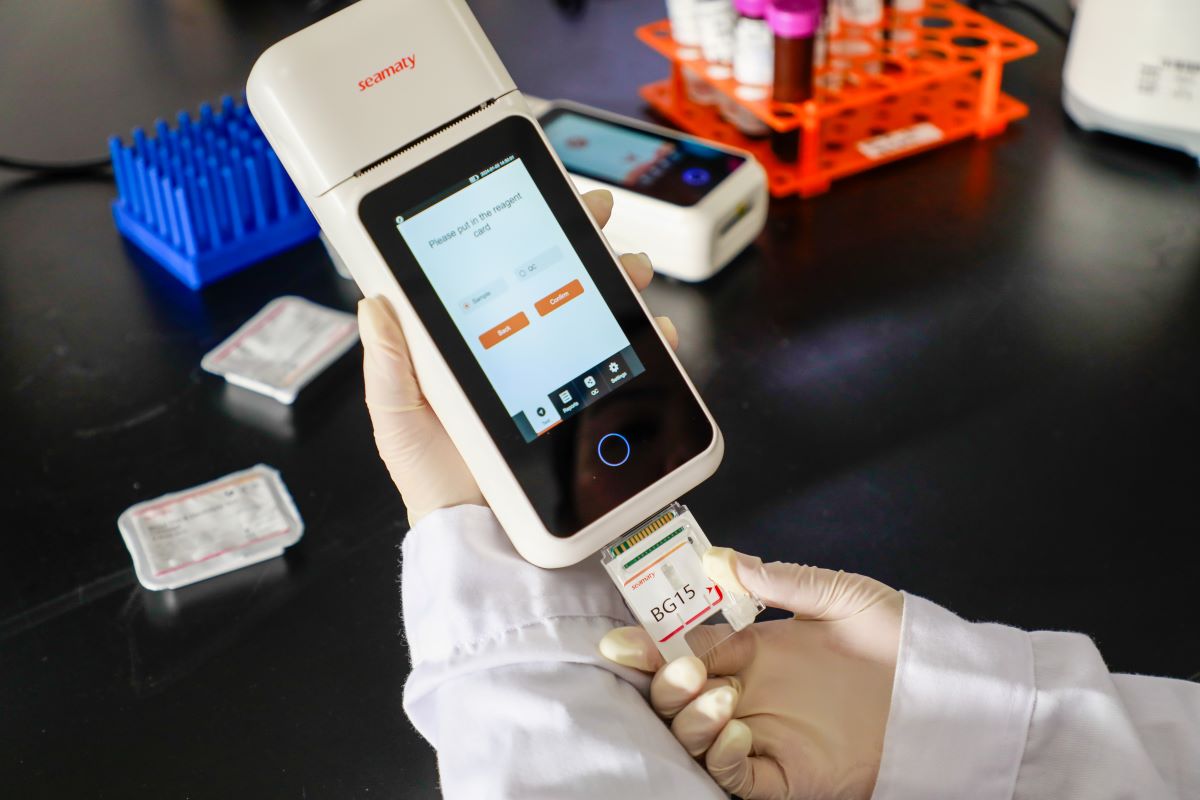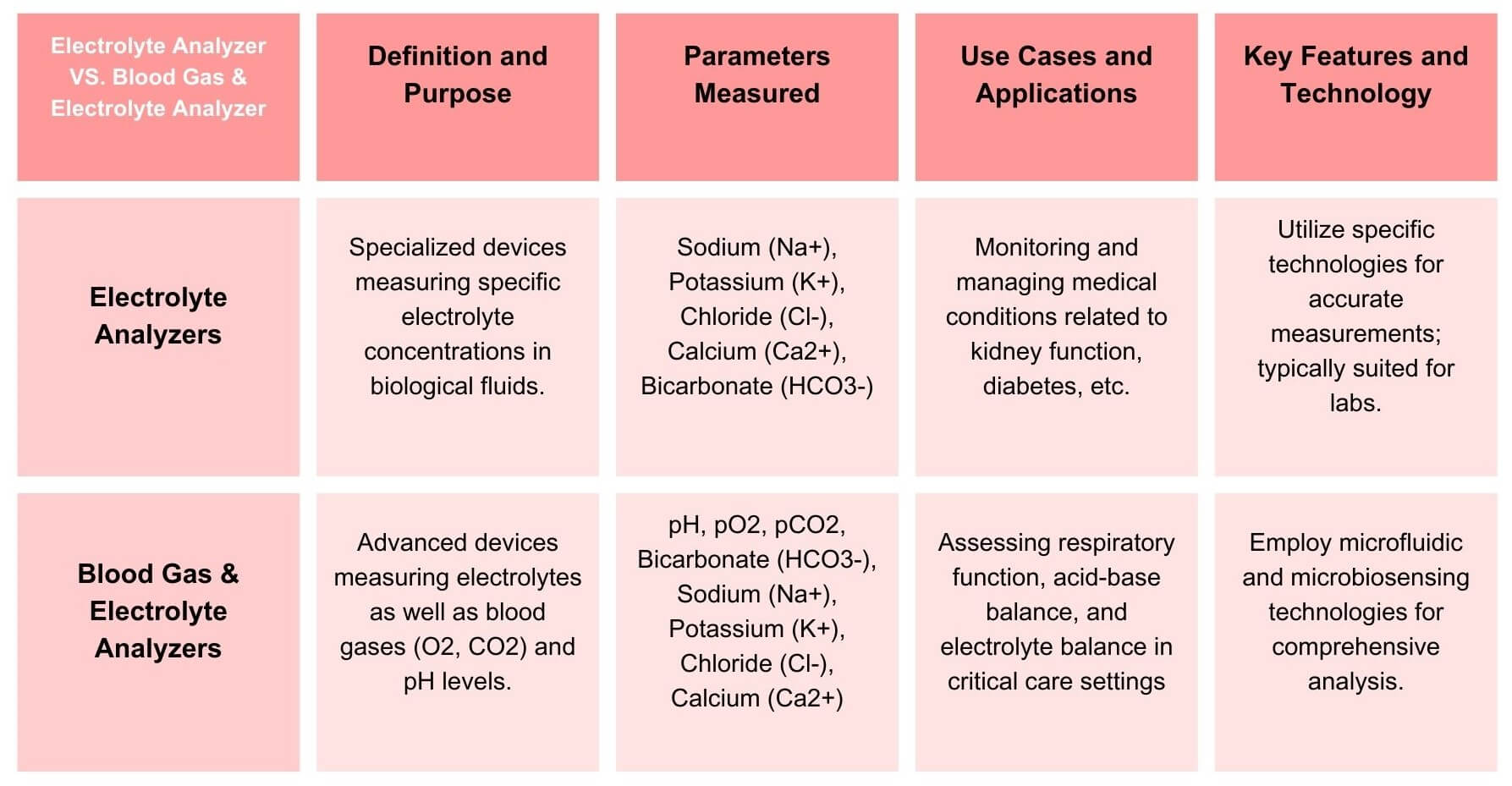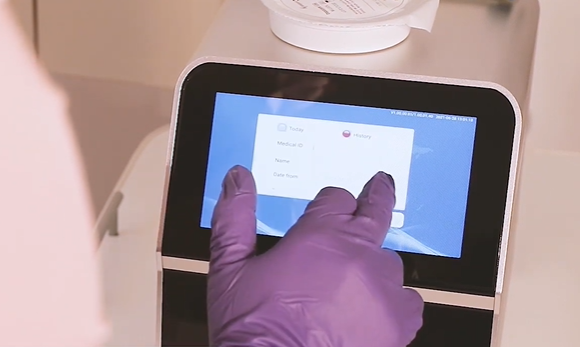A wide variety of
POC devices are available for point-of-care diagnostics. A few common POC devices are listed below.
•
As with
urinalysis, which is employed to identify UTIs and other urinary tract problems. The urinalysis may be administered periodically in patients with acute or chronic illnesses, such as renal disease, as a quick way to assist track organ function, status, and therapy response.
•
Glucose meters: Glucose meters are handheld Point of Care (POC) devices
•
Sophisticated molecular analyzers: They are used to detect infectious diseases
Vision-enabled POC devices
• Urology imaging
Tools for urinalysis are an essential part of the diagnosis and monitoring of kidney and urinary tract illnesses. Traditional urinalysis systems use a microscope to analyze the sample, but this process takes a lot of time and necessitates the presence of skilled medical lab staff.
Digital imaging-powered automated urinalysis devices provide a reliable way to identify kidney and urinary tract illnesses. These techniques also provide enhanced sensitivity and ease of use.
A monolayer of urine sediment produced by a digital automated urinalysis system is examined under a brightfield microscope and with a digital camera. The system uses digital images it has taken to categorize urine samples according to their size and shape.
The generated components of the urine sample can be automatically scanned by image-based analysis tools before being shown as images on the screen. Without using manual microscopy, the technician can conveniently zoom in to study these digital images.
• Ophthalmology
Medical uses for ophthalmic equipment, such as portable fundus cameras, ranging from outpatient triage and examinations to the care of children and the elderly.
For patients who are unable to sit comfortably in front of a traditional fundus camera or slit lamp, these cameras are a great alternative.
The use of portable retinal cameras simplifies retinal imaging. These cameras offer a broader field of vision for studying the most important regions of the retina, despite being smaller than traditional fundus cameras.
The focusing and autoexposure capabilities of upgraded fundus cameras also contribute to a significant reduction in patients' dilating times.
Ophthalmologists can easily do non-mydriatic retinal examinations with the use of an effective, portable, light-weight fundus camera.
• Dental point-of-care devices
Dental experts can view hidden and otherwise inaccessible parts of the mouth thanks to intraoral cameras. No matter where in the mouth a tooth is located, these cameras can detect flaws and decay in it.
A portable, small, and adaptable camera-based technology makes it simple to take precise, clear photographs within the patient's mouth.
Since most patients are unaware of how serious their conditions are, it can be difficult for the dentist to explain and support a suggested course of action. Dentists are able to instruct and advise patients about appropriate treatment alternatives with the use of real-time recordings and photos from an intraoral camera.
The vast area of the jawline can be examined using intraoral devices with cameras capable of a broad focal range. With the use of autofocus technology, the lens can quickly adapt to the shutter speed of the camera to quickly and correctly capture the subject's area of interest.
• Dermatology
In order to monitor and assess skin cancer, camera-based POC devices are crucial tools. Dermatologists rely on the photos obtained by these gadgets to precisely pinpoint the location of lesions and track their improvement after therapy.
The development of specifically improved photos is made possible by the employment of a top-notch dermatology camera, which makes it easier to spot any changes in lesion shape, color, or size.
Patient self-examination is made easier by the availability of portable, handheld dermatological devices with cameras.
Considerations for purchasing Point of Care Diagnostic Devices
The kind of tests that need to be performed should determine which POC diagnostic tools should be used. While some POC devices are tabletop ones that require more space, others are handheld models. POC devices differ in two ways: the required sample size and the speed of test execution.
The future of POC devices
Due to its capacity to quickly and readily identify health issues such as cancer or cardiovascular disorders before they become serious or life-threatening, point-of-care devices have a bright future.


